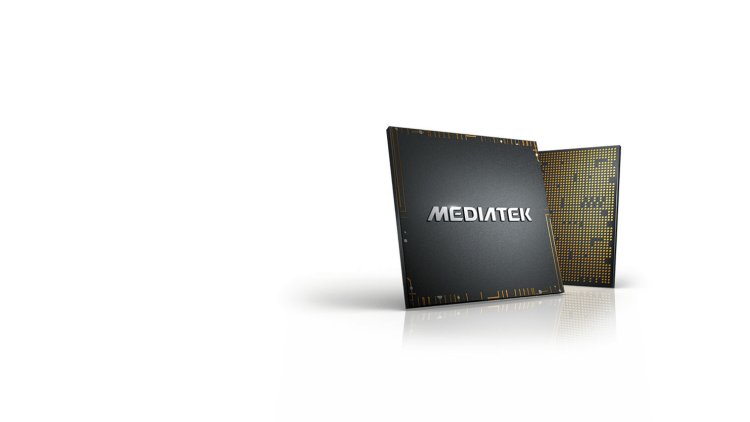Mediatek: Dimensity 8000 and Dimensity 8100

The new Dimensity 8000 and Dimensity 8100 chipsets from MediaTek have been released. Instead of targeting flagship smartphones with their Dimensity 9000 chipset, MediaTek's new 8000 and 8100 chipsets will attempt to replace mid-range smartphone chipsets like the Qualcomm Snapdragon 888 and 870.
According to MediaTek, the new Dimensity chipsets will have performance comparable to the Snapdragon 888 and 870. Dimensity 8000 and 8100, like all current chipsets, are built using TSMC's 5nm technology. Four ARM Cortex A78 cores and four ARM Cortex A55 cores are included in the octa-core chipsets. The only difference between them is that the A78 cores in the Dimensity 8100 run at 2.85 GHz, whereas they run at 2.75 GHz in the Dimensity 8000.
Furthermore, both chipsets include LPDDR5 RAM, a 4MB L3 cache, a Mali-G610 MC6 GPU, and a fifth-generation APU. Furthermore, the chipsets enable camera sensors up to 200MP, Bluetooth 5.3, Wi-Fi 6E, and AV1 decoding. However, unlike the Snapdragon 888 and the new Snapdragon 8 Gen1, these two chipsets do not support mmVave 5G and are limited to 5G networks operating at less than 6 GHz.
The first smartphones equipped with the new Dimensity 8000 and Dimensity 8100 chipsets will be available in the coming weeks. According to the Android Authority, Mediatek vice president and general manager of marketing Finbarr Moynihan stated that the Dimensity series of the 8100 and 8000 smartphones will be priced between $400 and $ 700.
In the third quarter, MediaTek will unveil its first 6nm G-series chipset.
According to GSM Arena, trustworthy individuals familiar with the matter have revealed additional details about MediaTek's ambitions for its G-series chipsets. The company intends to release a new chip based on the 6nm manufacturing technique to replace the popular Helio G96. Because the existing G96 is built on an out-of-date 12nm node, it has long been due for replacement.
Because no official marketing name has been assigned to the future chip, it is still referred to as "Next-G." It has the same CPU configuration as the G96, with two Cortex-A76 cores running at over 2.0 GHz and six Cortex-A55 cores running at 2.0 GHz. The GPU stayed the same as well - the Small G57 MC2.
The ISP can operate with 108MP cameras and record 2K video at 30fps, while the GPU can support FHD + panels running at 120Hz. In other words, it is most likely the same as in G96. It's worth noting that this chip will still only support 4G connectivity.
We can probably expect the Next-G chip to be announced before the end of the first half of 2022, and according to speculations, the Chinese company Doogee will be the first to use it once it is available.





























